Breaking
- MENU

Debilitating hostility between Saudi Arabia and Iran is about lots of things, not least who will have the upper hand in a swath of land stretching from Central Asia to the Atlantic coast of Africa. While attention is focused on ensuring that continued containment of Iran ensures that Saudi Arabia has a leg up, geopolitics is but one side of the equation. Natural gas is the other.
With signatories to the Paris climate accord moving towards bans on petrol and diesel-driven vehicles within a matter of decades and renewable energy technology advancing in strides, natural gas takes on added significance.
These global energy trends are hastening in an era in which oil will significantly diminish in importance and natural gas, according to energy scholar Sergei Paltsev, will fill gaps in the provision of renewable energy that await technological advances.
Saudi Arabia’s problem is that Iran and Qatar have the gas reserves it does not. That is one reason why renewables figure prominently in Saudi Crown Prince Mohammed bin Salman’s Vision 2030 reform program, not only to prepare Saudi Arabia economically for a post-oil future but also to secure its continued geopolitical significance.
Prince Mohammed, like his counterpart in the United Arab Emirates, Crown Prince Mohammed bin Zayed, hopes that the kingdom will have an advantage in the generation of solar energy given that the sun hovers higher over his country than over Europe and other parts of the world and that it has less interference from clouds.
As a result, natural gas is a factor in mounting tension between Saudi Arabia and Iran, and say some analysts, a driver of the Saudi-UAE-led, ten-month-old diplomatic and economic boycott of Qatar. In what could constitute a serious escalation of hostilities, the Saudi-led coalition in Yemen threatened this week to retaliate against Iran in response to missile attacks on the kingdom by Iranian-backed Houthi rebels.
“Perhaps, the Saudi elite knows all too well that the basis of its power is hollowing out rapidly as a result of the global climate response and anticipated dwindling of conventional oil. The stakes could never have been higher,” said international relations scholar David Crieckmans in a recently published volume on the geopolitics of renewables.
Contributing to the same volume, Thijs van de Graaf, another international relations scholar, suggested that of all the Middle Eastern oil producers, Saudi Arabia may have the most to lose. Ironically, crippling sanctions that severely hampered Iran’s oil production and only began to be lifted following the 2015 international agreement that curbed the country’s nuclear program coupled with US threats to withdraw from the accord and potentially re-impose sanctions may work in Iran’s favour in the transition to a post-oil world.
“Iran…has a lot of advantages. It has a much broader economic base, a longer tradition of trading, and lower fertility rates… The country’s oil production is much under its potential due to years of sanctions. This might in the long run turn out to be an advantage as these economies prepare themselves for a post-oil age,” Van der Graaf said.
Add to that the fact that it is likely to be gas supplies from Iran and Turkmenistan, two Caspian Sea states, rather than Saudi oil that will determine which way the future Eurasian energy architecture tilts: China, the world’s third largest LNG importer or Europe.
“Iran, within five years, will likely have 24.6 billion cubic meters of natural gas available for annual piped gas exports beyond its current supply commitments. Not enough to supply all major markets, Tehran will face a crucial geopolitical choice for the destination of its piped exports. Iran will be able to export piped gas to two of the following three markets: European Union (EU)/ Turkey via the Southern Gas Corridor centring on the Trans-Anatolian Natural Gas Pipeline (TANAP), India via an Iran-Oman-India pipeline, or China via either Turkmenistan or Pakistan. The degree to which the system of energy relationships in Eurasia will be more oriented toward the European Union or China will depend on the extent to which each secures Caspian piped gas exports through pipeline infrastructure directed to its respective markets,” energy scholar Micha’el Tanchum argued.
In other words, the existential threat Iran poses to Saudi Arabia goes far beyond the fact that the Islamic republic challenges Saudi monarchical rule by offering an alternative, albeit flawed, form of Islamic governance that incorporates a degree of popular sovereignty. It involves competition in which Iran can leverage assets Saudi Arabia does not have, leaving the kingdom dependent on containment that at best postpones issues rather than accommodates solutions. It also means that the antagonists’ regional proxy wars in Yemen and elsewhere are unlikely to remove the fundamental issues that drive the Saudi-Iranian rivalry and translate into destabilizing short-term policies.
Hardliners, including US President Donald J. Trump’s newly appointed national security advisor, John Bolton, and nominee for the post of secretary of state, Mike Pompeo, may be proponents of regime change in Iran, yet, the question remains whether that would truly alleviate Saudi fears that are shared by Israel. If successful, it would eliminate the Islamic governance challenge, but do nothing to alter the reality of a changing energy landscape.
Barbara Slavin, an Iran expert at the Washington-based Atlantic Council, cautions that a possible US withdrawal next month from the nuclear agreement with Iran does not necessarily mean either the demise of the accord or a re-imposition of a crippling sanctions regime.
“Twenty years ago, Congress passed similar secondary sanctions—the Iran-Libya Sanctions Act—threatening penalties against foreign companies investing in Iran’s oil and gas sector. Europe cried foul and the sanctions were never implemented. That could well be the outcome in May” when Trump has to decide whether the United States remains a party to the accord, Slavin noted.
Note: This article was originally published in the blog, The Turbulent World of Middle East Soccer and has been reproduced under arrangement. Web link: http://mideastsoccer.blogspot.in/2018/03/natural-gas-underrated-driver-of-saudi.html
As part of its editorial policy, the MEI@ND standardizes spelling and date formats to make the text uniformly accessible and stylistically consistent. The views expressed here are those of the author and do not necessarily reflect the views/positions of the MEI@ND. Editor, MEI@ND: P R Kumaraswamy

James M. Dorsey is a Senior Fellow at the S. Rajaratnam School of International Studies as Nanyang Technological University in Singapore, co-director of the Institute of Fan Culture of the University of Würzburg, and the author of the blog, The Turbulent World of Middle East Soccer. Email: jmdorsey@questfze.com

The final run-up to the 2022 World Cup and the tournament's management is make-it-or-break-it ti.....

Former Qatari emir Hamad bin Khalifa Al Thani, the father of the Gulf state's current ruler, Tam.....

The Biden administration is mulling whether to grant Saudi Crown Prince Mohammed bin Salman sovereig.....

Qatar's 2022 World Cup promises to benefit not only itself but also to provide an unintended eco.....

A potential revival of the Iran nuclear accord is likely to test the sustainability of Middle Easter.....

With the fate hanging in the balance of the 2015 international agreement that curbed Iran’s nu.....

At first glance, there is little that Turkish President Recep Tayyip Erdogan, an Islamist and nation.....

Europe is likely to shoulder the brunt of the fallout of a rapidly escalating crisis over Ukraine. M.....

An Israeli NGO gives the United Arab Emirates high marks for mandating schoolbooks that teach tolera.....

How sustainable is Middle Eastern détente? That is the $64,000 question. The answer is probab.....

Qatar has begun to cleanse its schoolbooks of supremacist, racist or derogatory references as well a.....
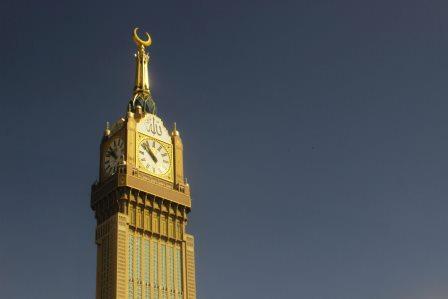
Long banned, Christmas has finally, at least tacitly, arrived in Saudi Arabia; just don’t use .....

Increasingly, compliance with US sanctions against Iran could emerge as a litmus test of the United .....

Footballers with diametrically opposed views on homosexuality and alcohol consumption have sparked h.....

Saudi Islamic affairs minister Abdullatif bin Abdulaziz al-Sheikh has ordered imams in the kingdom t.....
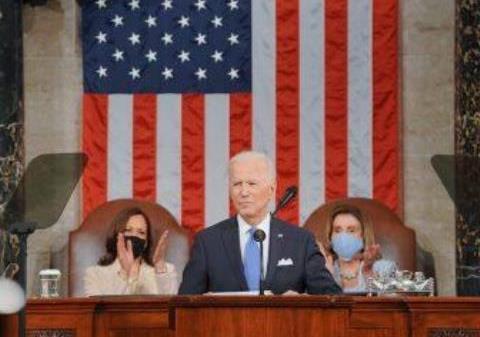
The United States has signalled in advance of next week’s Summit for Democracy that it is unli.....

A cursory look at Saudi Arabia and Iran suggests that emphasizing human rights in US foreign policy .....

When seven-time Formula One world champion Lewis Hamilton wore a helmet this weekend featuring the c.....
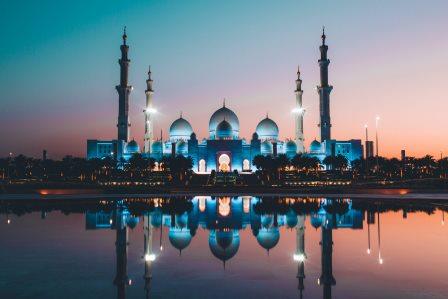
It has been a good week for United Arab Emirates Crown Prince Mohammed bin Zayed. Headline-grabbing,.....

Just in case there were any doubts, Turkish Foreign Minister Mevlut Cavusoglu demonstrated with his .....

Sudan is the exception to the rule in the United Arab Emirates’ counterrevolutionary playbook......
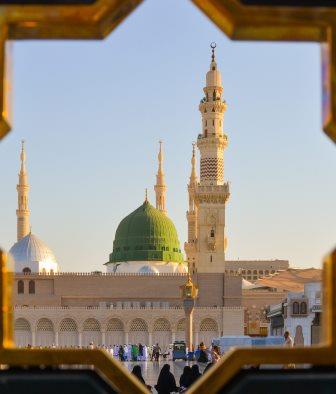
Former Saudi intelligence chief Prince Turki AlFaisal Al Saud must have gotten his tenses mixed up w.....

An Indonesian promise to work with the United Arab Emirates to promote ‘moderate’ Islam .....

As Middle Eastern states attempt to manage their political and security differences, Muslim-majority.....

The future of US engagement in the Middle East hangs in the balance. Two decades of forever war in A.....

It may not have been planned or coordinated but efforts by Middle Eastern states to dial down tensio.....

Gulf States are in a pickle. They fear that the emerging parameters of a reconfigured US commitment .....

Two separate developments involving improved relations between Sunni and Shiite Muslims and women&rs.....

On their way from Tel Aviv airport to Jerusalem in 1977 then Israeli Deputy Prime Minister Yigael Ya.....

Saudi and Emirati efforts to define ‘moderate’ Islam as socially more liberal while bein.....

Turkish state-run television appears to have not gotten the message: Turkey and the United Arab Emir.....

The Taliban takeover of Afghanistan perpetuates a paradigm of failed governance in the Muslim world .....

Israel’s first post-Netanyahu government is seeking to rebuild fractured relations with the Je.....

Taliban advances in Afghanistan shift the Central Asian playing field on which China, India and the .....

Boasting an almost 1,000-kilometre border with Iran and a history of troubled relations between the .....

This month’s indictment of a billionaire, one-time advisor and close associate of former US Pr.....

A recent analysis of Middle Eastern states’ interventionist policies suggests that misguided b.....

The United States and Iran seem to be hardening their positions in advance of a resumption of negoti.....

A recent unprecedented alliance between Muslims and Evangelicals takes on added significance in a wo.....

China may have no short-term interest in contributing to guaranteeing security in parts of a swath o.....

The rise of hard-line President-elect Ebrahim Raisi has prompted some analysts to counterintuitively.....

US President Joe Biden may have little appetite for Israeli-Palestinian peace making but seems deter.....

Recent announcements by Crown Prince Mohammed bin Salman of plans to turn the kingdom into a transpo.....

Saudi Arabia has stepped up efforts to outflank the United Arab Emirates and Qatar as the Gulf&rsquo.....

Eager to enhance its negotiating leverage with the United States and Europe, Iran is projecting immi.....

Former Crown Prince Hamzah bin Hussein has papered over a rare public dispute in the ruling Jordania.....

Former Crown Prince Hamzah bin Hussein has papered over a rare public dispute in the ruling Jordania.....

In a sign of the times, Turkish schoolbooks have replaced Saudi texts as the bull’s eye of cri.....

Saudi Sheikh Salman al-Awdah, a popular but controversial religious scholar who has been mostly in s.....

Recent clashes in the Iranian province of Sistan and Balochistan highlight Iran’s vulnerabilit.....
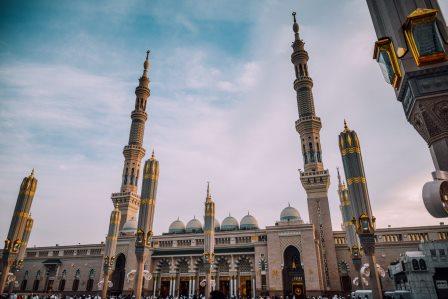
Two decades of snail pace revisions of Saudi schoolbooks aimed at removing supremacist references to.....

A little acknowledged provision of the 2015 international agreement that curbed Iran’s nuclear.....

Religion scholar Esra Ozyurek has a knack for identifying trends that ring warning bells about where.....

A projected sharp reduction in trade between the United States and China in the next two years coupl.....

Public debates about China’s Middle East policy are as much internal Chinese discussions as th.....

Saudi Arabia has taken multiple steps to polish its tarnished image in advance of this weekend&rsquo.....

An Emirati offer to invest in Israel’s most controversial soccer club could serve as a figurat.....

A close read of the agreement between the United Arab Emirates and Israel suggests that the Jewish s.....

A rift between Pakistan and Saudi Arabia throws into sharp relief deepening fissures in the Muslim w.....

Rare polling of public opinion in Saudi Arabia suggests that Crown Prince Mohammed bin Salman may be.....

China is contemplating greater political engagement in the Middle East in what would constitute a br.....

Europe is progressively being sucked into the Middle East and North Africa’s myriad conflicts......

China looms large as a potentially key player alongside Russia and Iran in President Bashas al-Assad.....

Civilizationalist leaders, who seek religious legitimacy, cater to a religious support base or initi.....

A decision by the Organization of Petroleum Exporting Countries (OPEC) and non-OPEC producers like R.....

The Coronavirus pandemic points a finger not only at the colossal global collapse of responsible pub.....
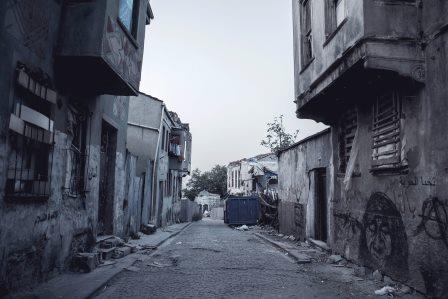
Syria’s announcement of its first COVID-19 case highlights the public health threat posed by w.....

The fight in this week’s Democratic primaries may have been about who confronts Donald J. Trum.....

A podcast version of this story is available on Sound cloud, ITunes, Spotify, Stitcher, Tune In, Spe.....

Saudi Arabia may have been getting more than it bargained for when authorities in Khujand, Tajikista.....

At the core of US president Donald J. Trump’s maximum pressure campaign against Iran lies the .....

The Iranian port city of Bandar-e-Mahshahr has emerged as the scene of some of the worst violence in.....

Saudi efforts to negotiate an end to the Yemen war in a bid to open a dialogue with Iran could call .....
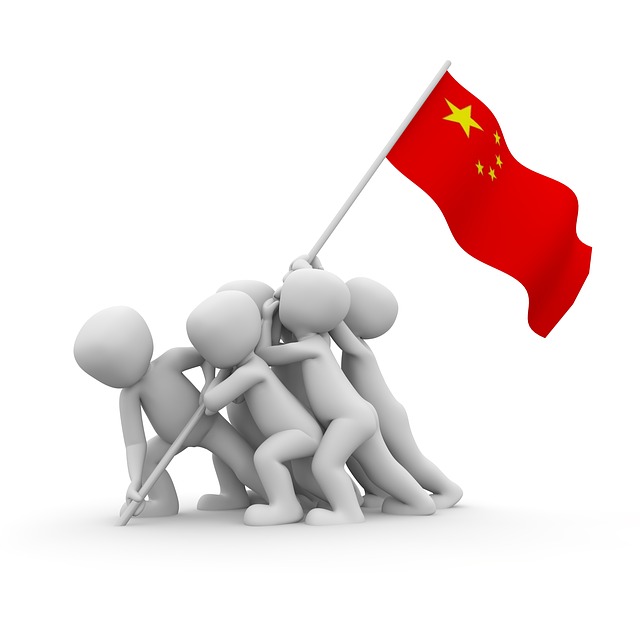
China is manoeuvring to avoid being sucked into the Middle East’s numerous disputes amid mount.....

Fears of a potential military conflict with Iran may have opened the door to a Saudi-Iranian dialogu.....
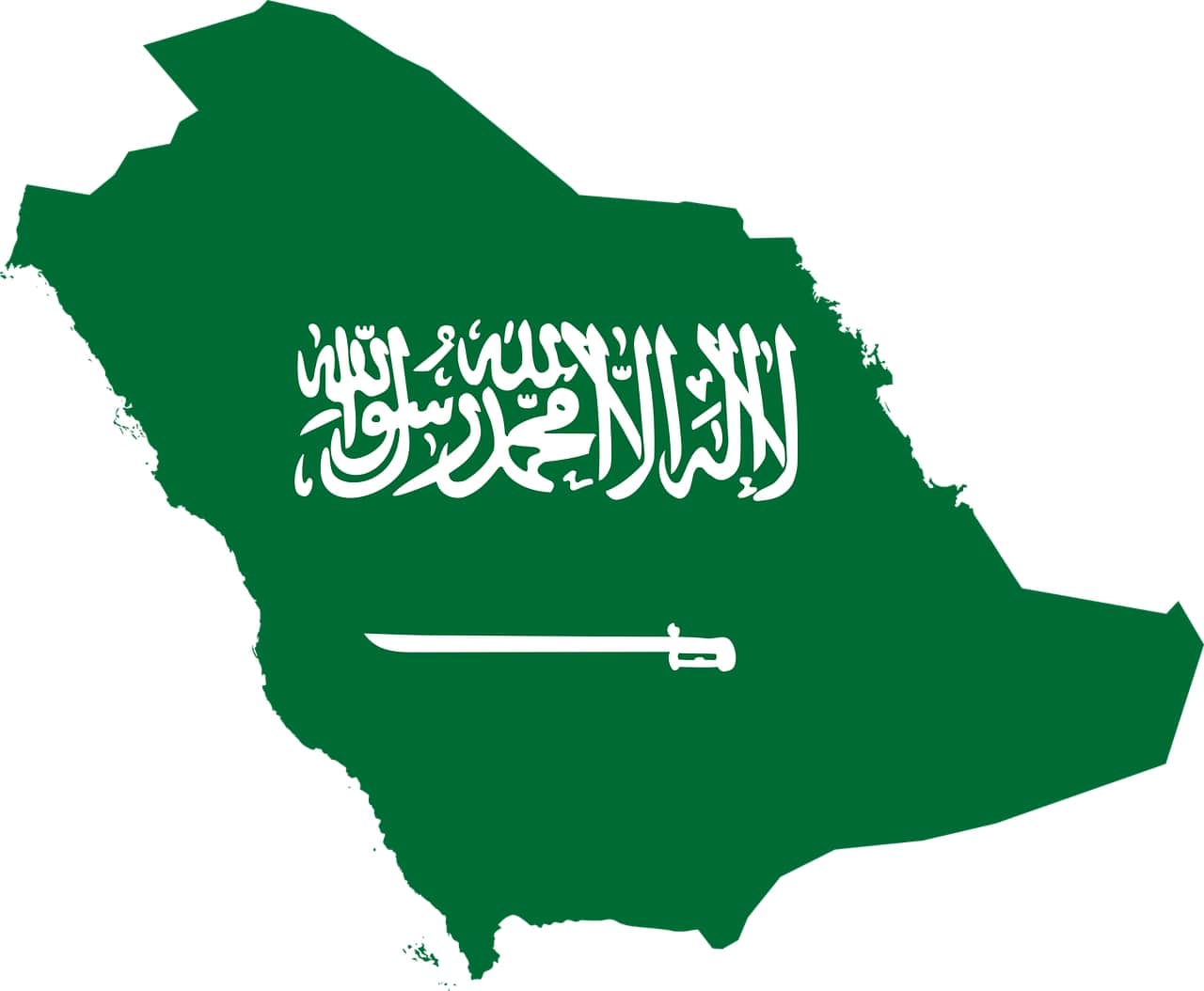
By the law of unintended consequences, US President Donald J. Trump’s mix of uncritical and cy.....

Little suggests that fabulously wealthy Gulf States and their Middle Eastern and North African benef.....

A controversial former security official and Abu Dhabi-based political operator, Mohammed Dahlan, ha.....

Russia, backed by China, hoping to exploit mounting doubts in the Gulf about the reliability of the .....

China and Russia are as much allies as they are rivals. A joint Tajik-Chinese military exercise in a.....
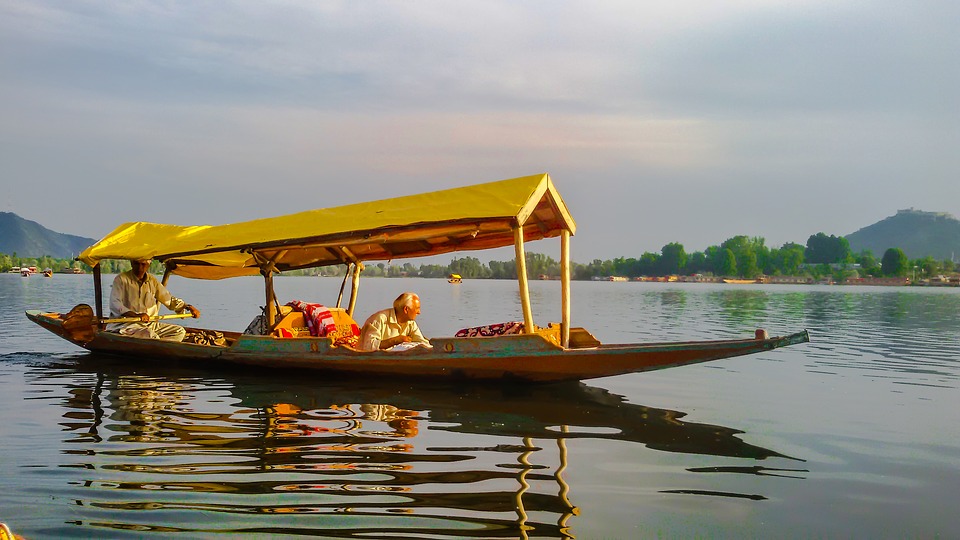
Thought that sectarianism was a pillar of the Saud Iranian rivalry? Think again, think Kashmir where.....

These are tough times for Saudi Arabia. The drama enveloping the killing of journalist Jamal Khas.....

Saudi plans to become a major gas exporter within a decade raise questions about what the .....

A Turkish-Chinese spat as a result of Turkish criticism of China’s crackdown on Turkic Mu.....
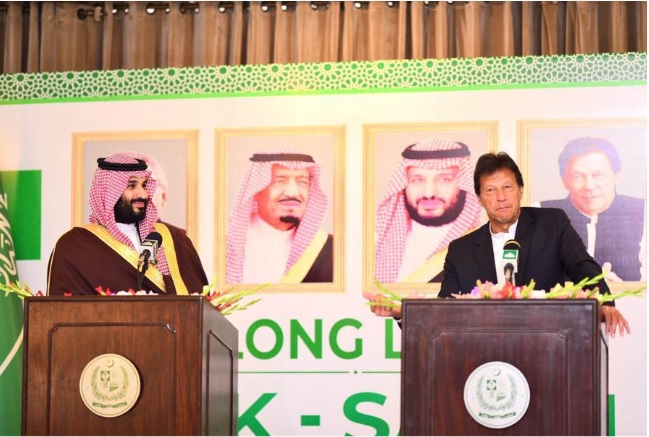
This week’s suicide attack on Revolutionary Guards in Iran’s south-eastern province of S.....

Saudi Crown Prince Mohammed bin Salman’s three-nation tour of Asia is as much about demonstrat.....

It may be reading tea leaves but analysis of the walk-up to Saudi crown prince Mohammed bin Salman&r.....

Alarm bells went off last September in Washington's corridors of power when John Bolton&rsq.....

US President Donald J. Trump’s threat to devastate Turkey’s economy if Turkish troo.....

Pakistan is traversing minefields as it concludes agreements on investment, balance of payments supp.....

A heavy soup made of pulled noodles, meat, and vegetables symbolizes Central Asia’s close cult.....

As far as Gulf leaders are concerned, President Donald J. Trump demonstrated with his announced.....

When President Recep Tayyip Erdogan recently declared that Turkey was “the only country that c.....

A draft US Senate resolution describing Saudi policy in the Middle East as a "wrecking ball&quo.....

As Saudi crown prince Mohammed bin Salman tours friendly Arab nations in advance of the Group of 20 .....

When Saudi General Khalid bin Sultan bin Abdul Aziz went shopping in the late 1980s for Chinese medi.....

Pakistani Prime Minister Imran Khan lands in Beijing on November 3, the latest head of government to.....

Saudi Arabia and Turkey, despite being on opposite sides of Middle Eastern divides, are cooperating .....

It’s easy to dismiss Iranian denunciations of the United States and its Middle Eastern allies .....

An attack on a military parade in the southern Iranian city of Ahwaz is likely to prompt Iranian ret.....

A Financial Action Task Force (FATF) report criticizing Saudi Arabia’s anti-money laundering a.....
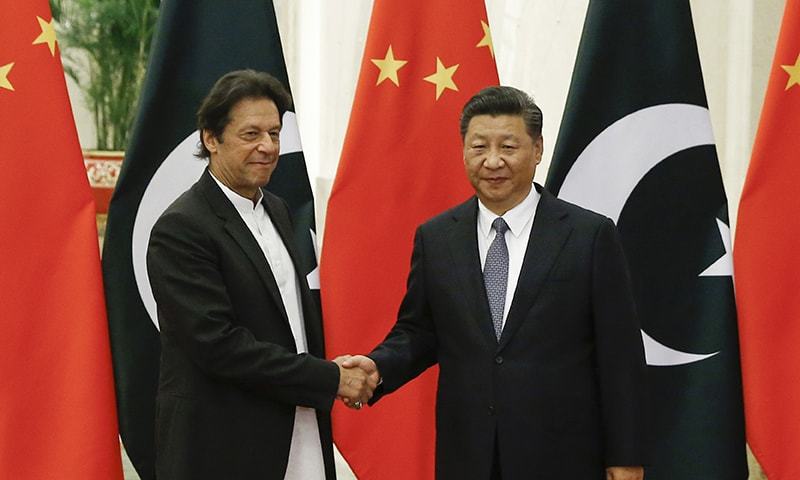
Desperate for funding to fend off a financial crisis fuelled in part by mounting debt to China, Paki.....

Iran has raised the spectre of a US-Saudi effort to destabilize the country by exploiting .....

A possible ceasefire between Israel and Hamas, the Islamist group that controls the Gaza S.....

With multiple Middle Eastern disputes threatening to spill out of control, United Arab Emirates mini.....

Embattled former Malaysian Prime Minister Najib Razak was the main loser in last month&rsq.....

Lurking in the background of a Saudi-Moroccan spat over World Cup hosting rights and the Gulf crisis.....

Amid ever closer cooperation with Saudi Arabia, Israel’s military appears to be adopting the k.....

Mounting anger and discontent is simmering across the Arab world much like it did in the w.....

Argentina’s cancellation of a friendly against Israel because of Israeli attempts to exploit t.....

Conventional wisdom has it that China stands to benefit from the US withdrawal from the 2015 interna.....
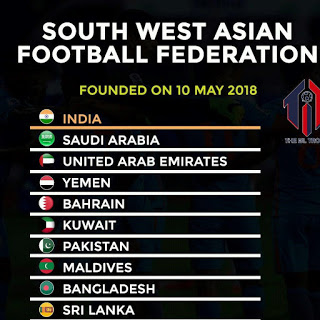
Saudi Arabia’s bitter rivalry with Iran has spilled onto Asian soccer pitches with t.....

A controversy in Algeria over the growing popularity of Saudi-inspired Salafi scholars spotlights th.....

Subtle shifts in Chinese energy imports suggest that China may be able to exert influence in the Mid.....

Egyptian general-turned-president Abdel Fattah Al-Sisi won a second term virtually unchallenged in w.....

Protests have erupted in Iran’s oil-rich province of Khuzestan barely three months after the I.....
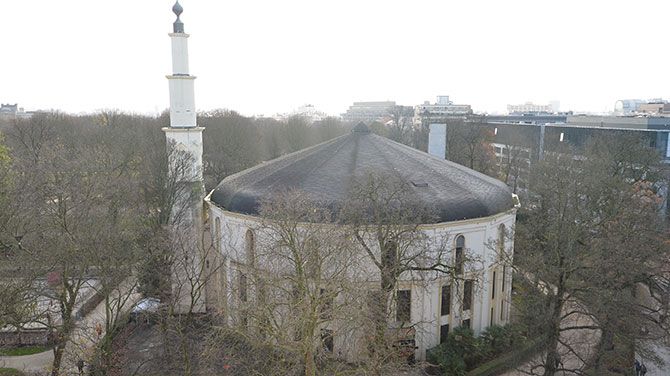
Saudi Arabia, in an indication that it is serious about shaving off the sharp edges of its Sunni Mus.....

The Middle East has a knack for sucking external powers into its conflicts. China’s ventures i.....

A Saudi draft law could constitute a first indication that Crown Prince Mohammed bin Salman’s .....

Turkish allegations of Saudi, Emirati and Egyptian support for the outlawed Kurdish Workers Party (P.....

Prominent US constitutional lawyer and scholar Alan M. Dershowitz raised eyebrows when he described .....

Plans to open a Salafi missionary centre in the Yemeni province of Al Mahrah on the border with Oman.....

If week-long anti-government protests in Iran exposed the Islamic republic’s deep-se.....

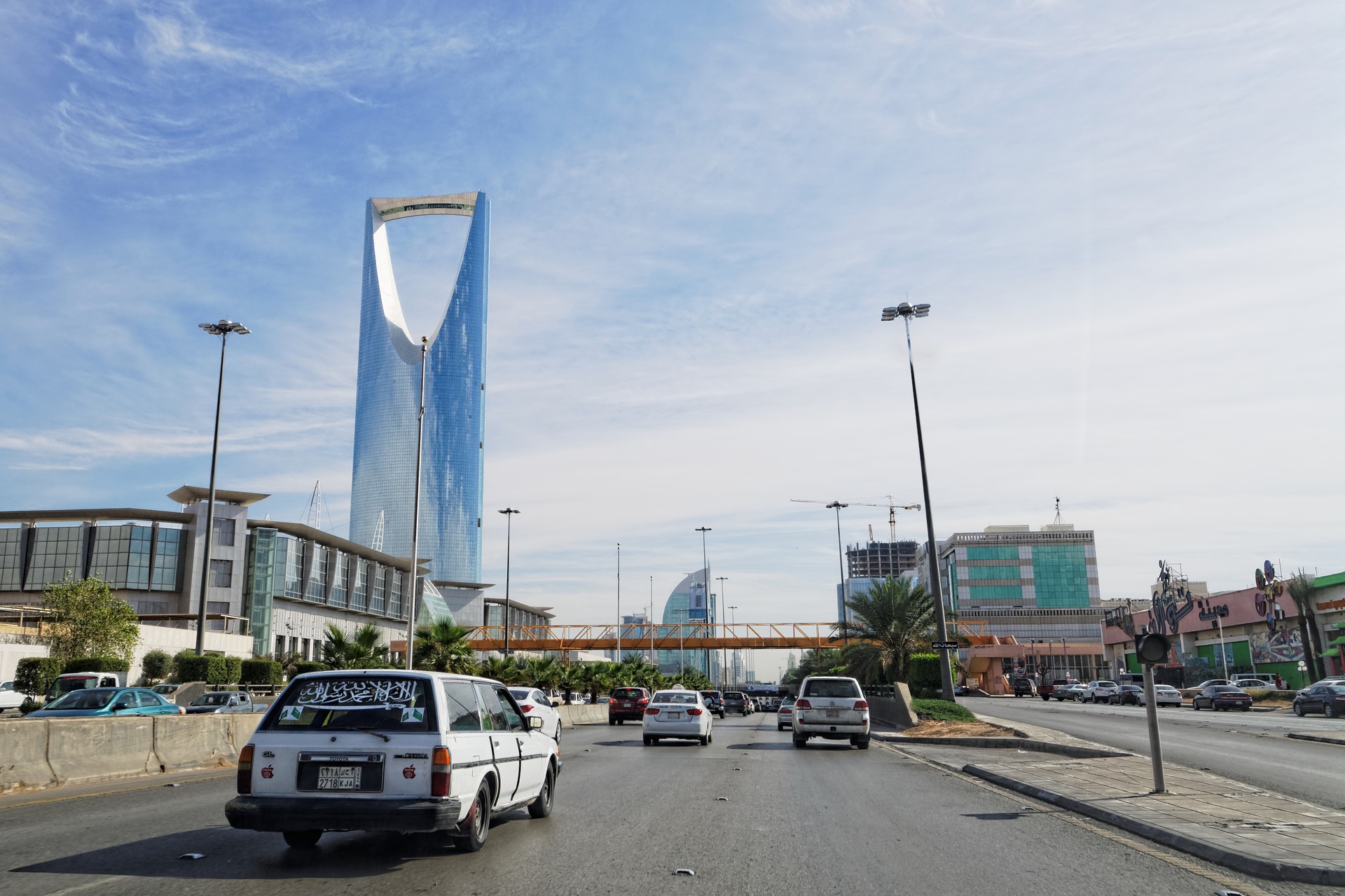
Kuwaiti billionaire Maan al-Sanea should have seen it coming after Saudi Crown Prince Mohammed bin S.....

Long-standing Saudi efforts to dominate the pan-Arab media landscape appear to have moved into high .....

Much of what Israel and the Palestinians are experiencing today has befallen them under Netanyahu’s lead.....

Lurking in the background of a Saudi-Moroccan spat over World Cup hosting rights and the Gulf crisis is a more.....

Any protracted conflict can come to an end under certain circumstances that either evolve over a period of tim.....

Amid ever closer cooperation with Saudi Arabia, Israel’s military appears to be adopting the kind of sec.....

Mounting anger and discontent is simmering across the Arab world much like it did in the walk-up to .....

Argentina’s cancellation of a friendly against Israel because of Israeli attempts to exploit the match p.....

Dear M. Haniyeh and Sinwar; I am writing this letter to you in the wake of the latest confrontation between.....

The Civil War in Syria has ravaged the country, took the life of nearly 500,000 people and has forced more tha.....

India’s prospective engagement with the Arab world, especially the six-member Gulf Cooperation Council (.....

President Trump’s characterization of the US attack on specific Syrian chemical storage and research fac.....

Saudi Arabia, in an indication that it is serious about shaving off the sharp edges of its Sunni Muslim ultra-.....

The United States has been and remains the staunchest supporter of Israel, and its unqualified support will ca.....

Prominent US constitutional lawyer and scholar Alan M. Dershowitz raised eyebrows when he described Qatar as &.....
.jpg)
The geopolitical developments in the Middle East over the past fifteen years have created new politi.....

I was in Israel when Trump made his announcement recognizing Jerusalem as Israel’s capital. In.....
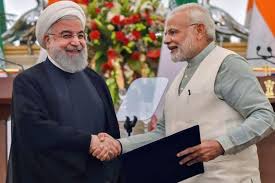
Iran is back in the news and for all the wrong reasons. It has been the unnecessary third wheel in I.....

During the close to a century of its existence, the Hashemite Kingdom of Jordan has been, as former President .....
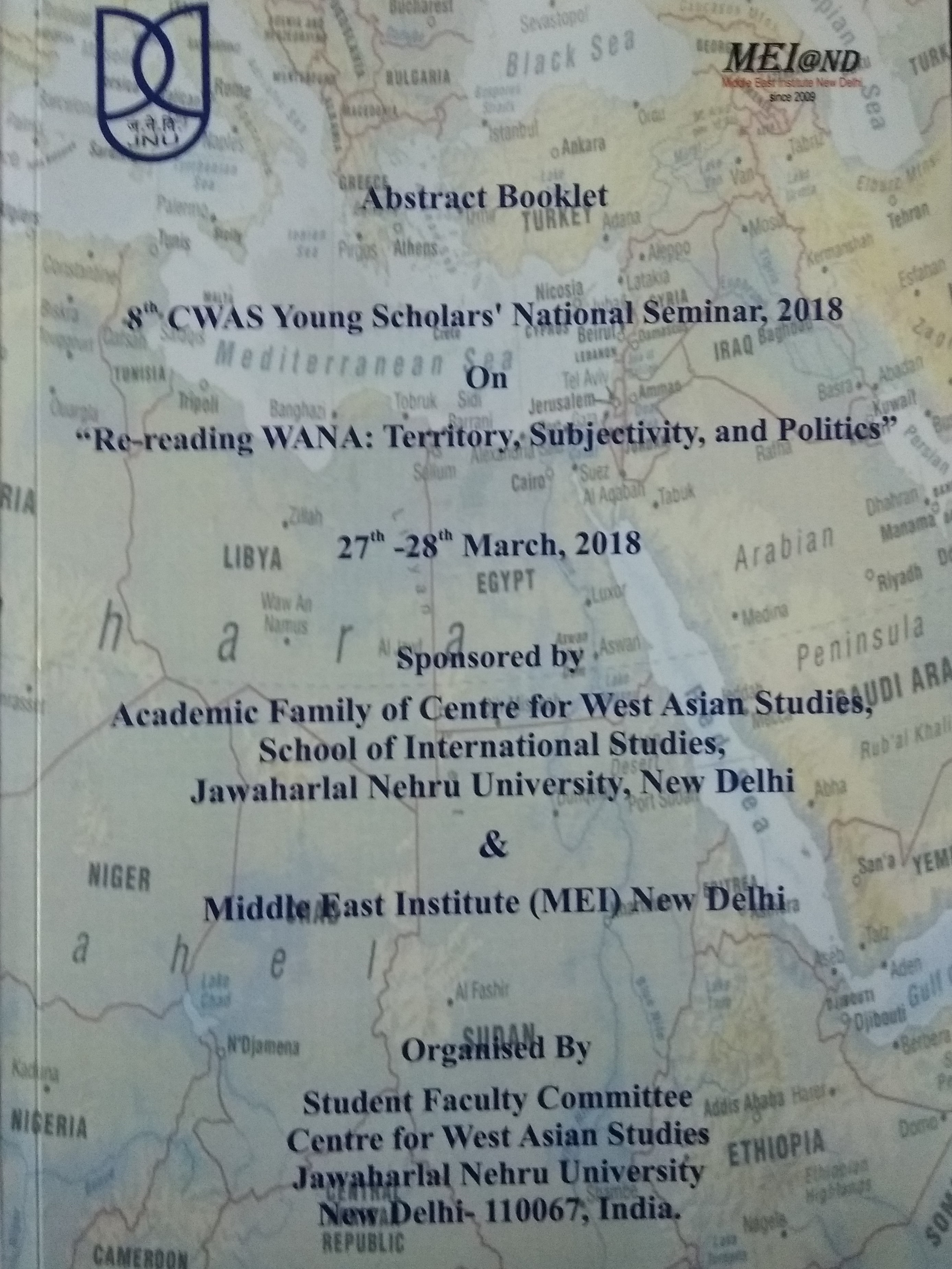
The Student and Faculty Committee (SFC) of the Centre for West Asian Studies, School of International Studies,.....

In the closely scrutinised India-Israel relationship, there is little in the public domain that remains unknow.....

You know what, it will go to the dustbin’ my articulate friend was blunt, brutal but hone.....

Balfour Declaration, A Century Later If one were to make a list of the most influential texts in .....



Election Schedule, July 2018 Country Election Forthcoming Ele.....

Kurdish Referendum, September 2017 Note: On 25 September 2017, the .....
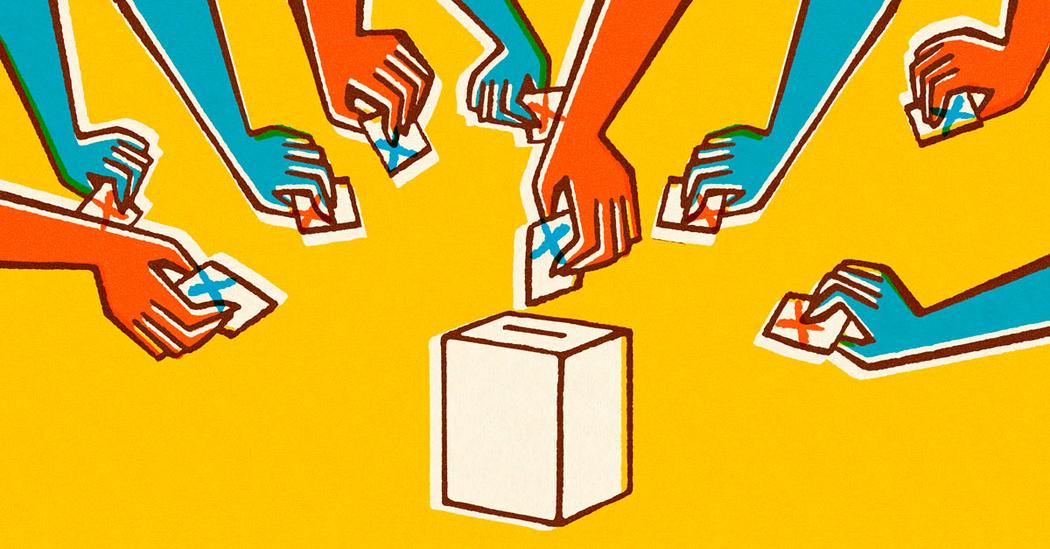
18th Turkish Parliamentary Elections, October 1991[*] Political Parties Perc.....
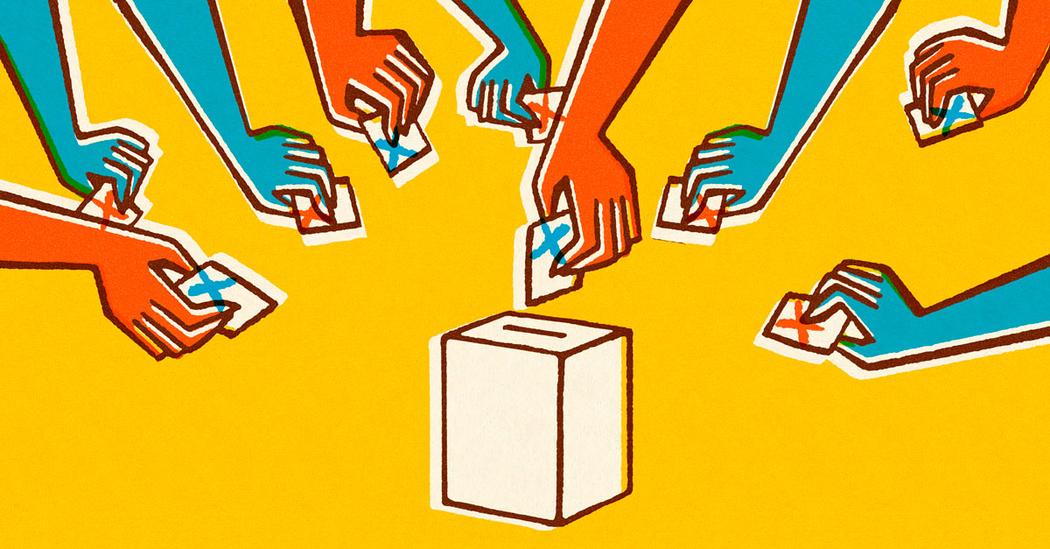
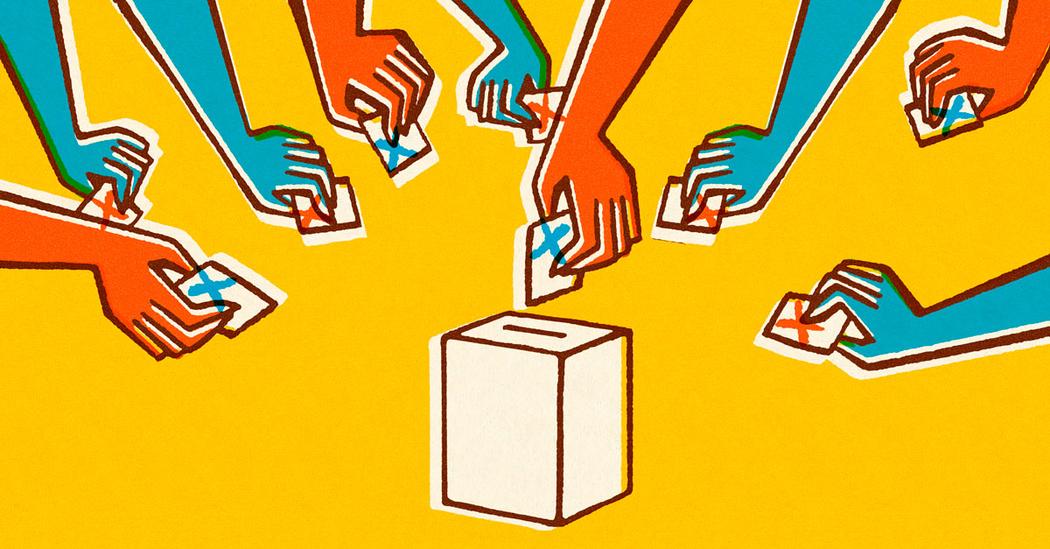

Gulshan Dietl, India and the Global Game of Gas Pipelines, (New York and London, Routledge, 2017), P.....

Book review of Squaring the circle: Mahatma Gandhi and the Jewish Homeland. By Professor P. R. Kumaraswam.....

SQUARING THE CIRCLE: MAHATMA GANDHI AND THE JEWISH NATIONAL HOME Author: P R Kumaraswamy Knowledge World.....

B orn in Poland on 2 August 1923, Szymon Persk who later Hebraised his name as Shimon Peres was the leader of the pr.....

I. George W. Bush and Israel II. From the Inauguration to 9/11 III. From 9/11 to June 2002 .....
